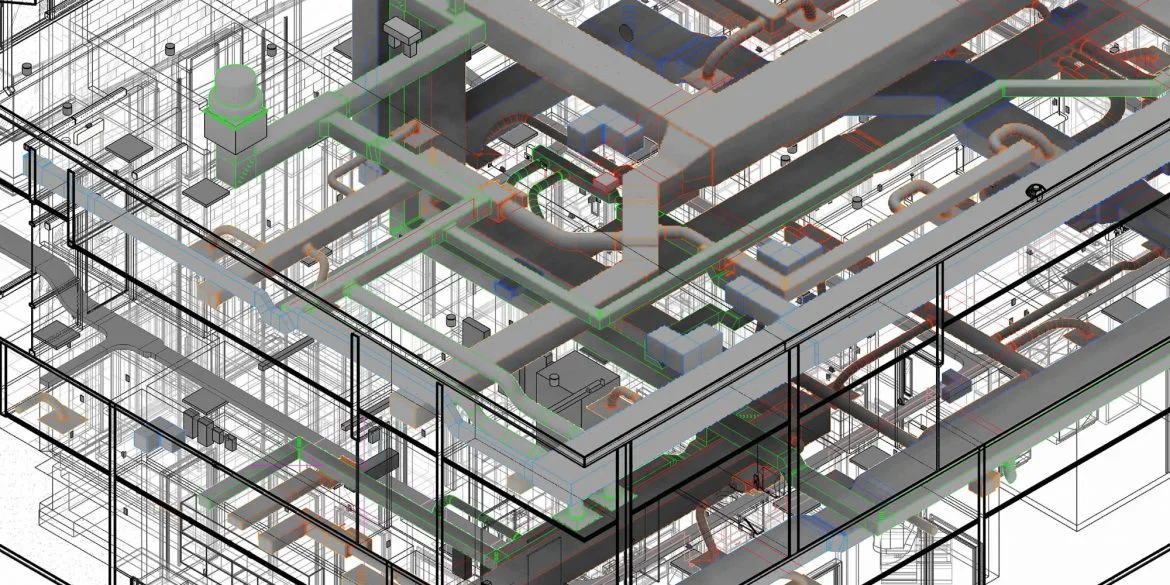In the realm of modern construction, architectural BIM services stands tall as a game-changer, revolutionizing the way buildings are designed, constructed, and managed. This advanced technology isn’t just a tool; it’s a paradigm shift, reshaping the very foundations of architectural design and construction methodologies.
Understanding Architectural BIM
At its core, architectural BIM is a digital representation of the physical and functional aspects of a building. It encapsulates a comprehensive database of information, integrating 3D models with data points that range from materials and dimensions to costs and schedules. This holistic approach enables architects, engineers, and construction professionals to collaborate seamlessly, fostering a cohesive and efficient design process.
Precision in Design and Visualization
Architectural BIM offers unparalleled precision in design. The technology allows for intricate 3D modeling, providing architects with a virtual canvas to conceptualize, design, and refine structures with meticulous detail. This level of detail not only enhances visualizations for clients but also enables architects to foresee potential design clashes or inefficiencies, mitigating errors before they manifest in the physical construction phase.
Collaboration and Synergy in Construction Teams
One of the most significant advantages of architectural BIM lies in its capacity to foster collaboration among multidisciplinary teams. Architects, engineers, contractors, and stakeholders can work concurrently within the BIM environment, exchanging real-time data and insights. This collaborative synergy not only accelerates decision-making but also minimizes miscommunications, ensuring a cohesive approach throughout the project lifecycle.
Streamlining Construction Processes
From conceptualization to project completion, architectural bim services streamlines construction processes. The technology enables the automation of repetitive tasks, such as generating schedules, cost estimations, and material lists. This automation not only reduces human errors but also optimizes resource allocation, leading to more efficient project management and cost-effective construction methodologies.
Sustainable Design and Performance Analysis
Architectural BIM isn’t just about creating structures; it’s about crafting sustainable, energy-efficient designs. By integrating sustainability metrics and performance analysis tools within the BIM environment, architects can assess the environmental impact of their designs. They can optimize energy consumption, analyze daylighting, and simulate the building’s performance under various conditions, fostering eco-conscious design decisions.
Realizing the Future Potential of Architectural BIM
Looking ahead, the potential of architectural BIM seems boundless. As technology advances, the integration of AI-driven algorithms, machine learning, and augmented reality promises to enhance BIM’s capabilities further. AI will aid in predictive modeling, optimizing designs for efficiency and sustainability, while augmented reality applications will bring BIM models to life on construction sites, facilitating seamless execution and problem-solving.
AI Integration and Predictive Design
The integration of artificial intelligence (AI) with architectural BIM holds immense promise for the future. AI algorithms will analyze vast datasets and historical project information, offering predictive insights into potential design optimizations. Architects will harness AI-driven suggestions for layout improvements, material selection, and even structural enhancements, thereby optimizing designs for efficiency and sustainability even before the construction phase commences.
Enhanced Collaboration with Extended Reality (XR)
The incorporation of Extended Reality (XR), including Virtual Reality (VR) and Augmented Reality (AR), is set to redefine how architects interact with BIM models. VR will enable immersive experiences, allowing stakeholders to explore and interact with the proposed designs in a realistic virtual environment. AR, on the other hand, will bridge the gap between digital models and physical construction sites, facilitating real-time on-site visualization, aiding in construction accuracy, and facilitating quick decision-making.
Addressing Construction Challenges
Prefabrication and Modular Construction
Architectural BIM is poised to revolutionize prefabrication and modular construction methodologies. By leveraging BIM models, prefabricated components can be precisely designed and manufactured off-site, ensuring seamless integration during on-site assembly. This precision significantly reduces construction timelines, minimizes material waste, and enhances overall project efficiency.
Risk Mitigation and Clash Detection
Another area where architectural bim services excels is mitigating risks and identifying clashes early in the design phase. With thorough clash detection mechanisms embedded within BIM models, potential conflicts between structural, mechanical, electrical, and plumbing systems can be identified and resolved before construction, saving significant time and resources.
The Human Element in BIM Innovation
Continuous Learning and Skill Development
As technology evolves, there’s an increasing emphasis on continuous learning and skill development within the architectural and construction sectors. Architects and construction professionals are actively engaging in training programs and workshops to master BIM software and its evolving functionalities. This dedication to ongoing education is instrumental in maximizing the potential of architectural BIM.
Industry Collaboration and Standardization
The collaborative spirit within the industry is pivotal in maximizing the potential of architectural BIM. Standardization of BIM practices, shared databases, and open collaboration platforms foster an ecosystem where knowledge exchange, best practices, and innovations are readily accessible, driving collective growth and advancements within the industry.
Conclusion
In conclusion, architectural bim services is not merely a tool; it’s a catalyst for transformative change in the construction industry. ENGISOFT ENGINEERING – BIM Staffing & BIM Services its ability to streamline design, enhance collaboration, optimize efficiency, and promote sustainability is reshaping architectural design paradigms. As the technology continues to evolve, architectural BIM stands as a beacon of innovation, heralding a future where precision, efficiency, and sustainability converge in the creation of architectural marvels.











